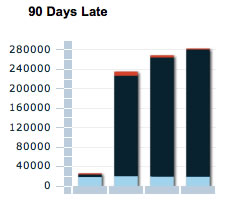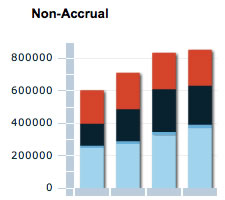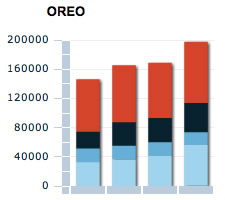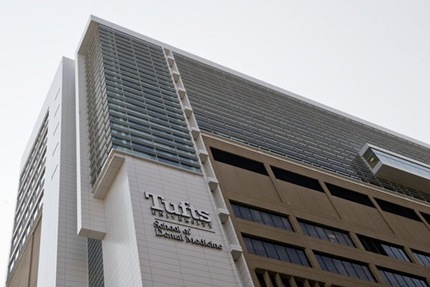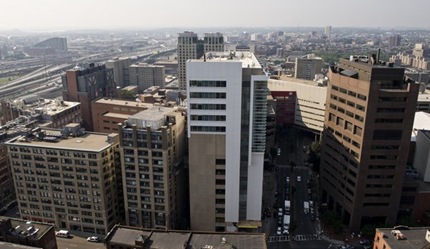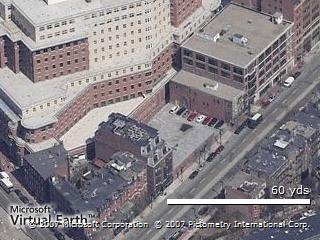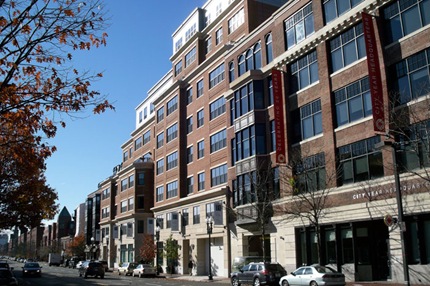Property tax rates in Boston reversed their downward trend for fiscal year 2010, moving from a 2009 tax rate of $10.63 per $1,000 of assessed value, up to $11.88 per $1,000 of assessed value.
On the whole, assessed values have remained either stable or decreased slightly in many neighborhoods, but with the approximate 12% increase in the tax rate, many homeowners will face larger property tax bills during fiscal year 2010.
Residents who maintain their Boston home as a primary residence will continue to qualify for a residential exemption. The fiscal year 2010 residential exemption subtracts $125,090 from a property’s assessed value, saving qualified homeowners $1,486.07 on their tax bill.
For an example of how to calculate taxes for your condo, as well as a historical look at tax rates in Boston, visit our newly updated Boston property taxes article.

